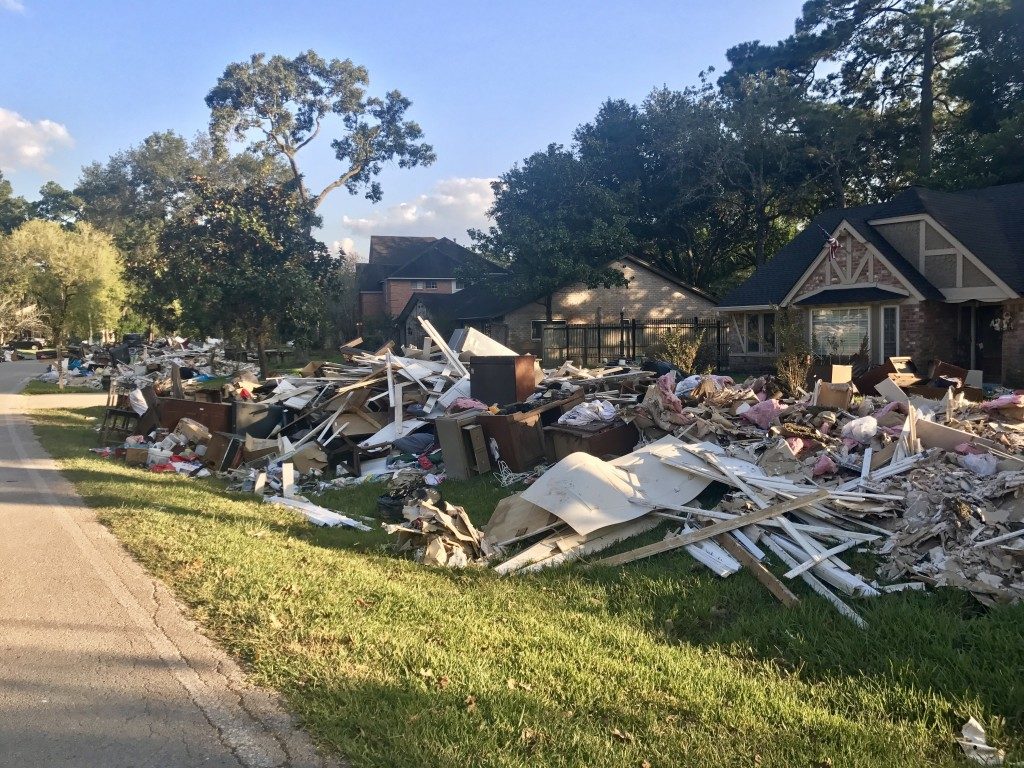Modern technology and the various advancements in science have changed the way that people respond to natural calamities such as typhoons. These days, citizens are warned about forthcoming storms in the area and the potential damage they could bring to the community.
Because of this, families could at least be ready for any trouble that might come their way. They would be able to prepare first aid or evacuation kits, hire experts for the installation or repair of their seamless gutters after the storm, repair of any damage to their roofs, etc.
Here are some things that you could do to prepare your family for when typhoon season comes around:
Make an emergency plan
Nothing beats being prepared for any type of situation. To ensure your family’s safety, make some time to create a thorough emergency plan. Study the layout of your house and the surrounding area in order to create a plan for the things you need to do when a typhoon comes—including the places you could head off to if you need to evacuate.
Make sure every member of your family, especially young children, understands what they should do in case of emergencies and the escape routes you could take. Designate a place where you and your family members could seek shelter and meet if you happen to be away when the calamity strikes.
Prepare an emergency kit
Having an emergency kit would be a great help in making the typhoon season more manageable and safe for you and your family. Your emergency kit should include the basics like first aid supplies, water, and food. Always have this handy and available in case your family needs to leave your house to evacuate.
Medicines, band-aids, disinfectants, gauzes, etc., should be in your first aid kit. It should also include any specific medications that the members of your family need on a regular basis. The water supply should last for at least three days. An estimate of one gallon per day is recommended for every person, so try to make enough preparations for your household.
You should stock up on food such as canned goods and others that could easily be consumed even without cooking or any kind of preparation. Other useful things to have in your emergency kit are important documents, clothes, batteries, flashlights, etc.
Secure your house

To minimize potential damage and losses, you should take all the necessary precautions in keeping your house secure when the typhoon hits. Check your roof, hide or tie down anything that might be blown away by strong winds, and secure your doors and windows.
Typhoons bring strong winds and heavy rains, so it would be good for you to check any damage in your roof to prevent leaks. It is also recommended clearing the gutters and drains from any clogs that might cause damage later on. Check your yard for any item that could get swept by a flood or blown away by the wind. Hide these items or secure them by tying them down to something. Leaving them around could make you lose your things or worse, cause damage to your home or to others.
Without sufficient preparation, typhoons could cause irreparable damages to people and their property. Being prepared could help you prevent unnecessary damage and losses.



